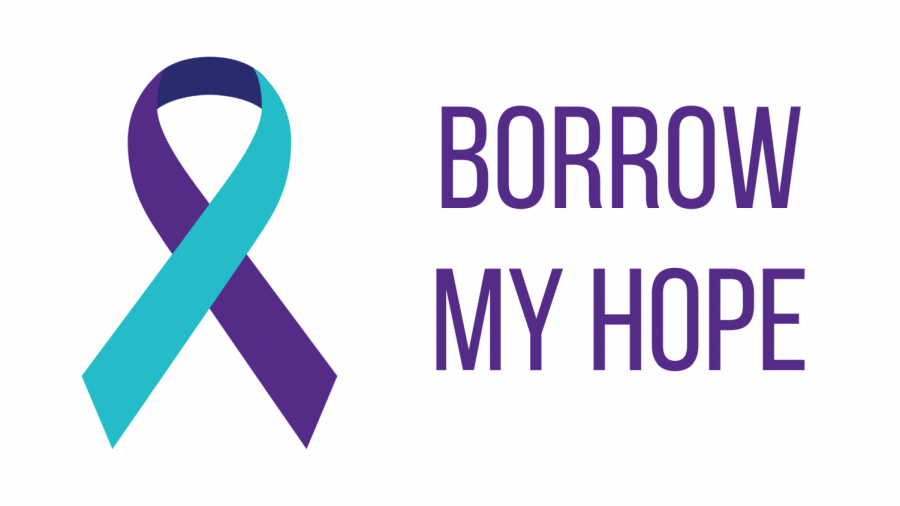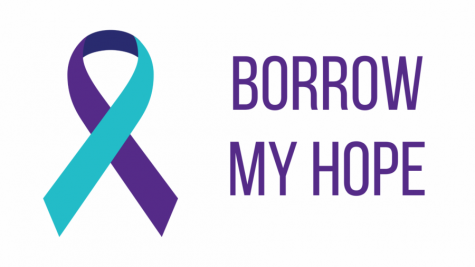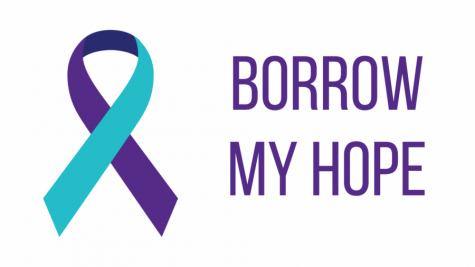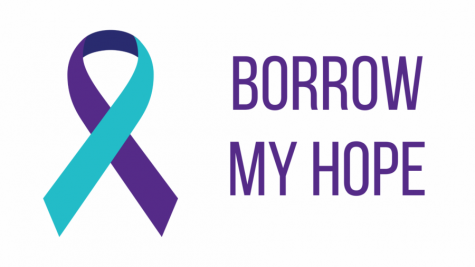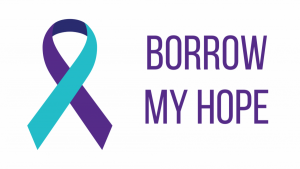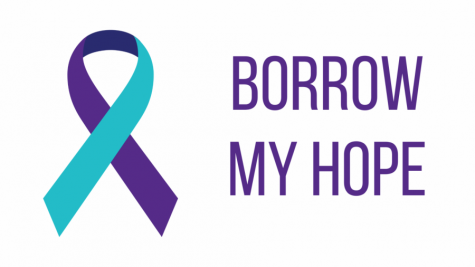Borrow my hope: How to reach out about suicide
The teal-and-purple ribbon commemorates lives lost to suicide.
Having a conversation about mental health in general and suicide specifically can be difficult and awkward. Society has conditioned us to believe that we should stay silent on these subjects instead of reaching out to friends and loved ones about what they might be going through.
With that in mind, I want to make it easy for you to be able to reach out to someone who’s struggling.
Here are some best practice tips for starting that conversation.
As NPR says, even though there is a pervasive myth that asking about suicide will plant the idea of ending one’s life in someone’s head, it’s crucial to be upfront with someone about the topic. It’s pretty simple: if you want to know how someone is really doing, you have to ask how they’re really doing.
I’d also strongly recommend being an active, empathetic listener.
That means paying attention to the person who’s struggling and the words that they’re saying. It helps to acknowledge and validate what they’re going through. Validation in no way is the same as encouraging someone to end their lives. Rather, it’s about saying it makes sense that someone would want to get rid of their pain, and that it’s a common experience for people to have.
I would also advise to shy away from any language that seems to be critical or defensive. “Why don’t you think of the impact this would have on your family?” isn’t really going to help, for example.
In addition, from my experience, checking-in on someone helps no matter what means of communication you use. Some of my most helpful mental health conversations have been over Snapchat. Yes, in-person talks are amazing, but if you can’t physically be there for someone, consider reaching out in other ways.
Another piece of personal experience has been to not rush to problem-solving. It’s tempting to want to fix or end the pain that a person is going through. But oftentimes, problem-solving can make it seem like what the person is experiencing is a burden to you; it can also be frustrating for you and the person you’re reaching out to when the problem isn’t easily solved, as it almost always isn’t when it comes to suicidal behavior.
(Note: one “problem” that potentially could be “solved” in a conversation would be access to means of harming oneself. For instance, you could offer to drive a friend around for a couple of weeks so that they’re not driving by themselves when they’re feeling suicidal.)
Remember, checking-in on someone about suicide isn’t a one-and-done deal. Suicidal thoughts can ebb and flow over weeks, months, years. As I said in my first newsletter post, suicidal awareness needs to be 24/7/365. To make that a reality, reaching out more than once is crucial, especially if someone seems to be feeling worse.
Your donation will support the student journalists of Washburn University. Your contribution will allow us to purchase equipment and cover our annual website hosting costs.




